Modern large-scale cold strip rolling mills have realized headless and semi-endless rolling. The requirements for the quality of the strips, such as the surface flatness and thickness difference of the cold-rolled strips, are getting higher and higher, and the quality requirements for the work rolls are getting higher and higher. The higher the price, the higher the requirements on the surface hardness and the depth of the hardened layer. The research on the material of cold-rolling work rolls has always been highly valued by the roll industry. From the initial bearing steel, it has gradually developed to 2%Cr, 3%Cr, and 5%Cr steel.

Its development is usually based on the continuous increase of chromium content. In recent years, semi-high-speed steel and high-speed steel roll materials have appeared, and there have been some reports on the study of their structure and carbides. The technicians of Tianjin Heavy Equipment Engineering Research Co., Ltd. studied the quenching process of a newly developed forged high-speed steel cold-rolled work roll material, and analyzed the effects of quenching temperature on the structure, grain size, retained austenite and hardness of the high-speed steel roll. The influence of, provides a theoretical and experimental basis for the development of high-end cold-rolled work rolls.
The new forged high-speed steel roll material used in the test was smelted in a 50kg vacuum induction furnace, and then forged at a high temperature into a 100mm×100mm×250mm blank, which was annealed at 700°C for 4h to obtain the original material for the test. The metallographic sample is a 15mm×15mm×15mm square, which is heated by a box-type resistance furnace at different temperatures and quenched by air cooling. 660RLD/T Rockwell hardness tester was used to detect hardness, X’perPro X-ray diffractometer was used to detect retained austenite, Axiovert200MAT optical microscope was used to detect structure and grain size, and QUANTA400 scanning electron microscope was used to observe carbides.
The as-cast structure of the new forged high-speed steel roll is lower bainite + ledeburite + a small amount of martensite + bar-shaped carbides + granular carbides, of which the large bar-shaped carbides are precipitated during the solidification of molten steel Primary carbides, granular carbides are secondary carbides precipitated from austenite during the cooling process, and the carbide content is 3.6%. research shows:
- The quenching temperature affects the dissolution of carbides. As the quenching temperature increases, the carbide content in the quenched structure of the high-speed steel roll gradually decreases. When the temperature rises to 1200 ℃, the granular carbide has basically dissolved
- Solution, only a small amount of massive carbide remains.
- As the quenching temperature increases, the grains of high-speed steel continue to grow. When the quenching temperature exceeds 1040°C, the grain growth trend is obvious, the quenching temperature exceeds 1160°C, the grain size reaches 4.5, and the grain coarsening is very serious.
- As the quenching temperature increases, the content of retained austenite continues to increase. When the quenching temperature is below 1080°C, the content of retained austenite increases more slowly, and then its content increases sharply. When the quenching temperature reaches 1160℃, the retained austenite content increases to 38%. Therefore, from the perspective of the control of retained austenite content, the quenching temperature should be lower than 1080 ℃.
- When quenching at 1040℃, the hardness reaches the peak value, up to 64.1HRC. At this time, the high-speed steel roll structure, grain size, and retained austenite content match the best.
- The quenching temperature of the new forged high-speed steel roll material should be selected between 1020~1080℃.
If you are looking for dependable volume manufacturing metal parts supplier with High pressure die casting service who offers you competitive price, good service and quality for aluminium die casting, zinc, or magnesium die casting, then BE-CU Prototype are surely a partner you are looking for to fulfill all your die casting needs. With quality service and state of art technology, BE-CU indeed claim in providing quality pressure die casting including aluminum/zamak/magnesium alloy castings to our customers all over the world. To work with us,be-cu don’t just stop at taking your order and delivering your die casting products. be-cu are there for you at every step right from your preferred selection of aluminum die casting, Zamak die casting (Zamak 2, Zamak 3, Zamak 5, Zamak 8) or magnesium die casting products and services to post-order phase. In brief, once you become our customer, be-cu are with you every step on the way. The Detail Of BE-CU Die Casting Company

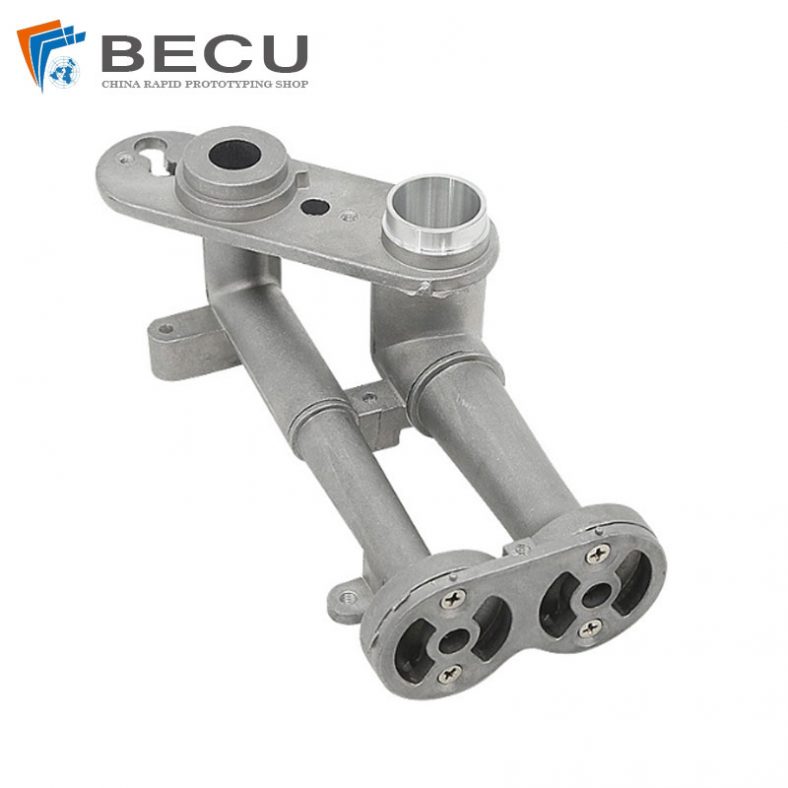
CNC Machining Gas Stove Bottom Joint

Gravity Die Casting Custom Street Light Heat Sink
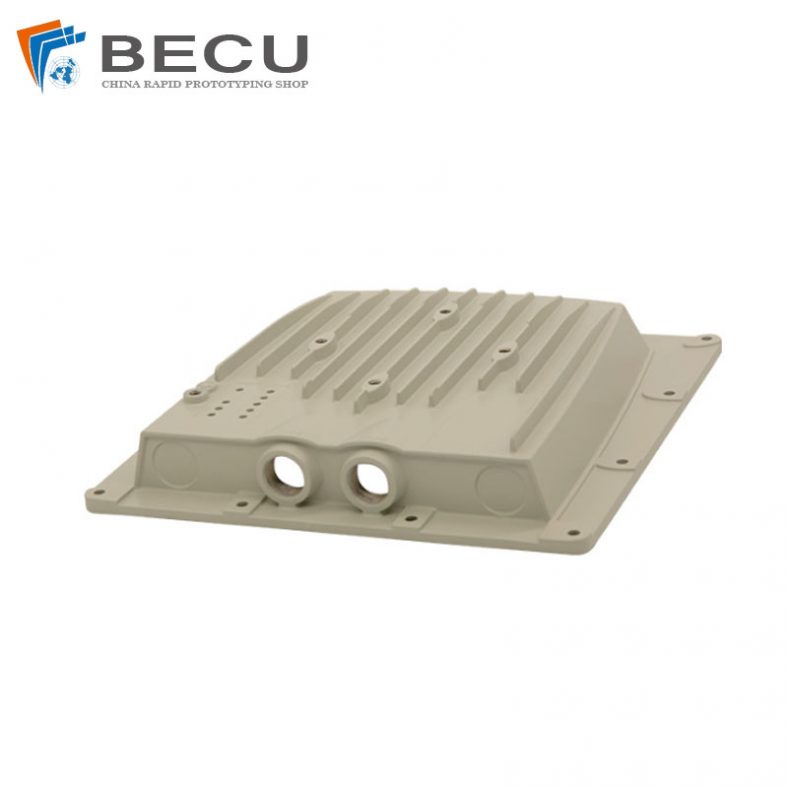
Die Casting LED Canopy Lights Heatsink For Gas Station
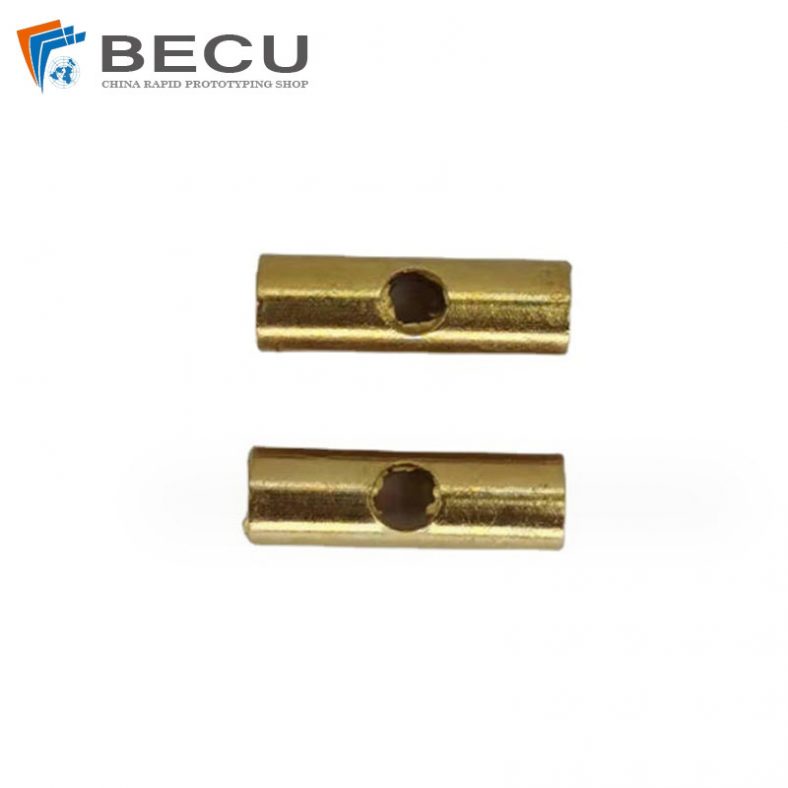
Zinc Die Casting PA10 Transformer Connector Terminal
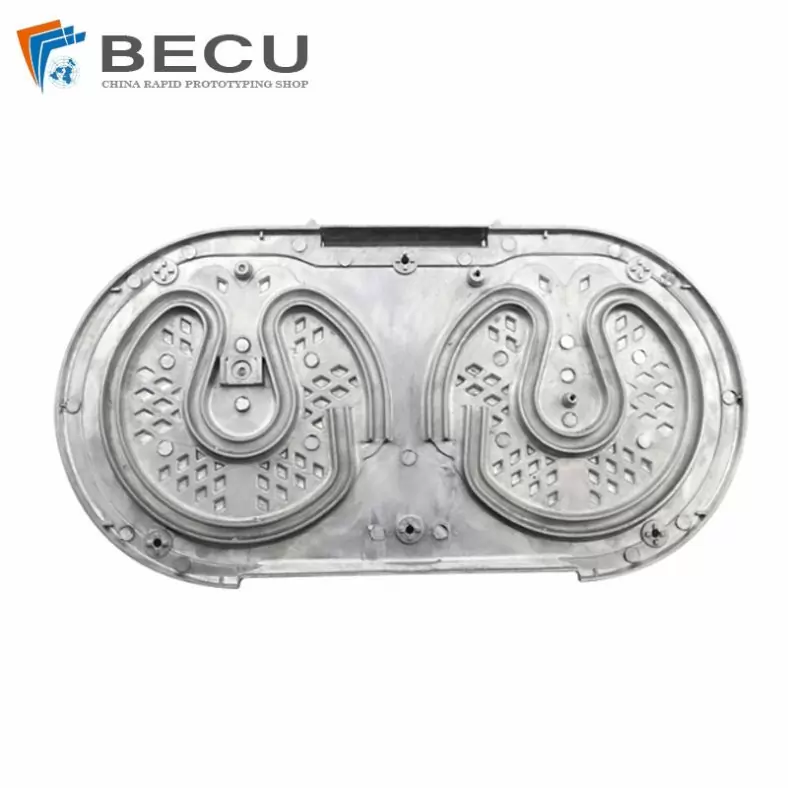
Die Casting Aluminium Cookware Chassis

Die Casting Wheels With Aluminum Alloy 5 Axis CNC Machining
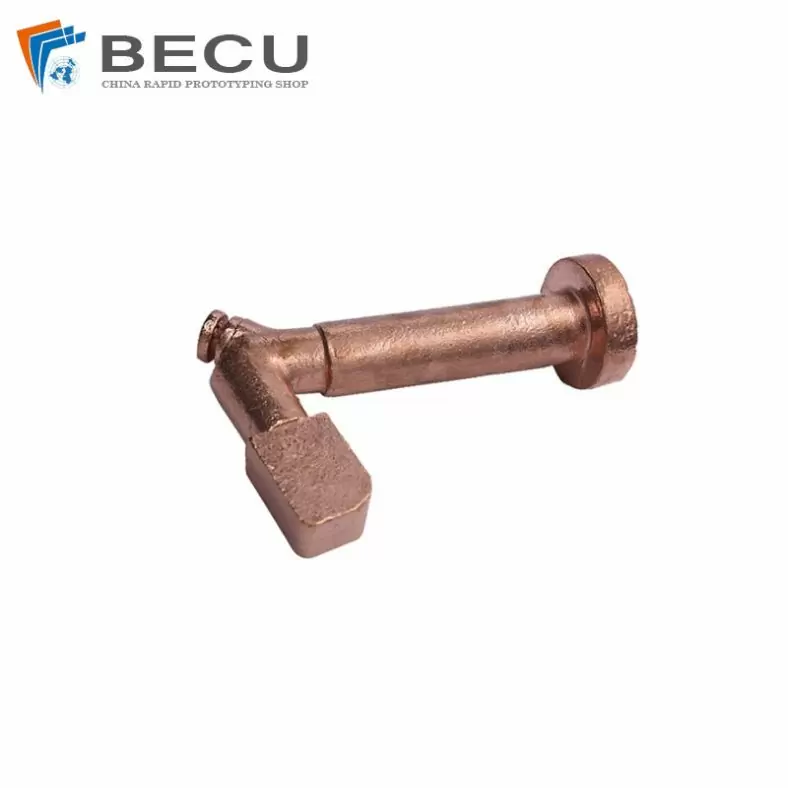
Precision Machined Copper Die Casting Parts
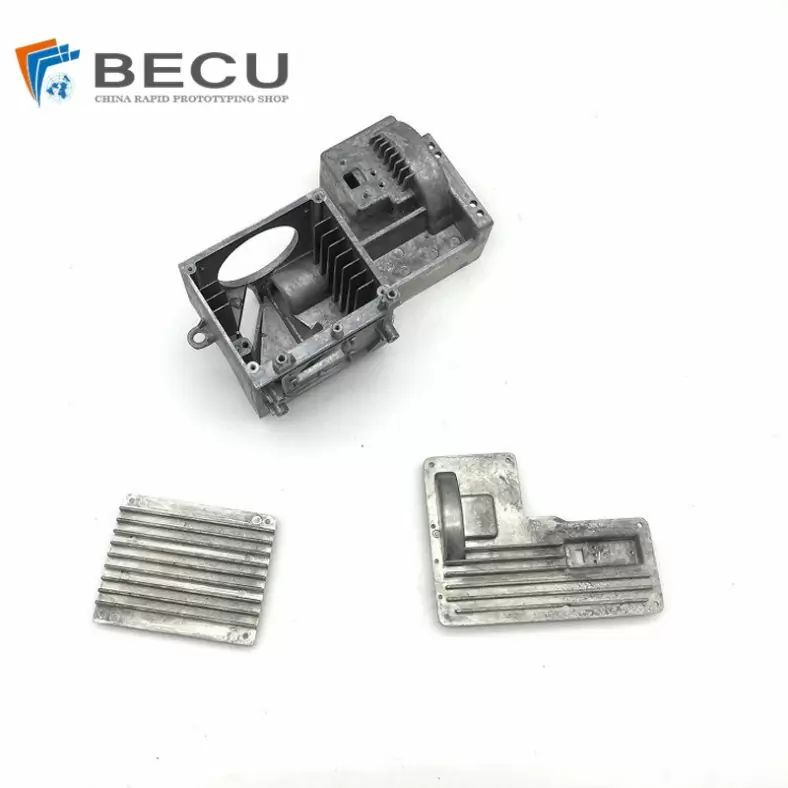
Professional Small Baler Aluminum Alloy Die-casting Mold Production
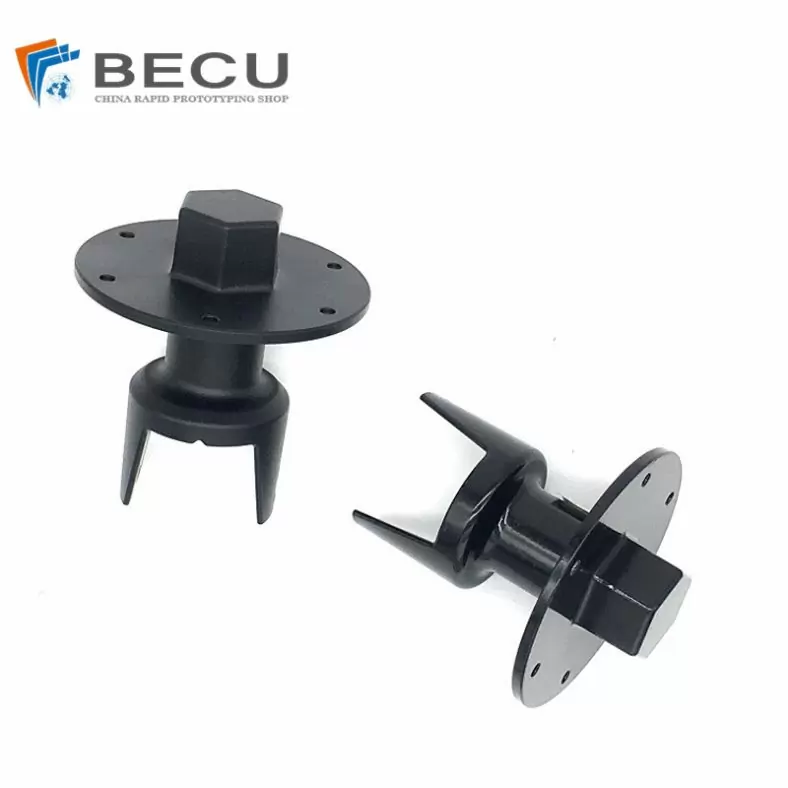
China Die Casting Factory Manufactures Surface Sprayed Aluminum Valve Body
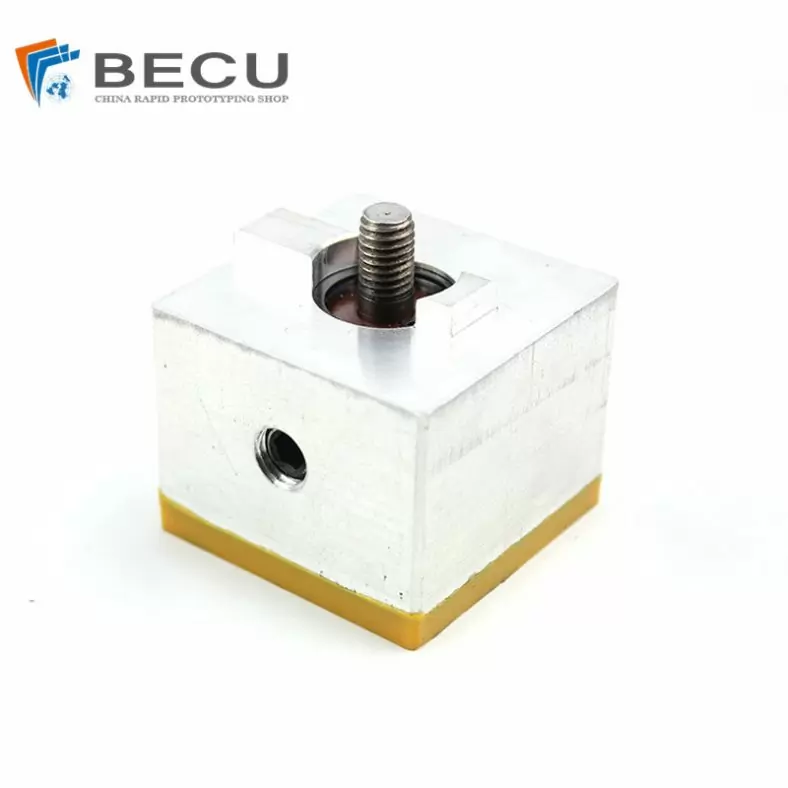
Extrusion Die-casting Polyurethane-Coated Aluminum Alloy Profiles

Custom Precision Aluminum Die Cast Brackets and Finishes
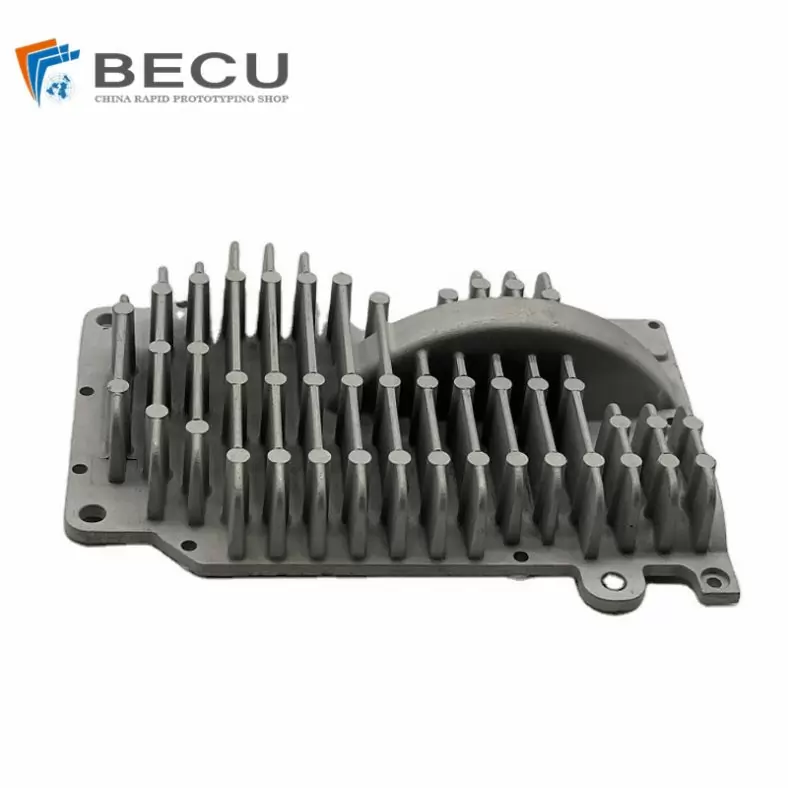
Extrusion Die-casting Magnesium Alloy Heat Sink Shell
